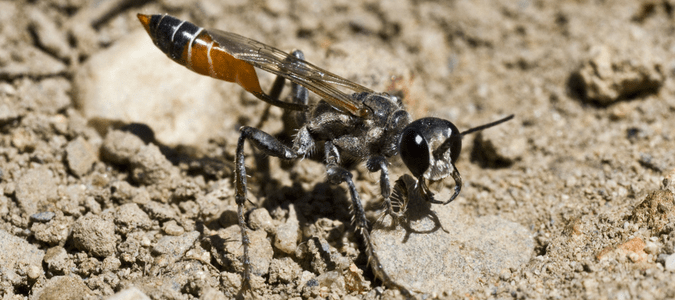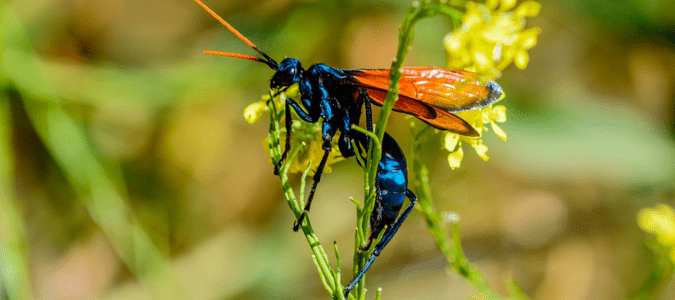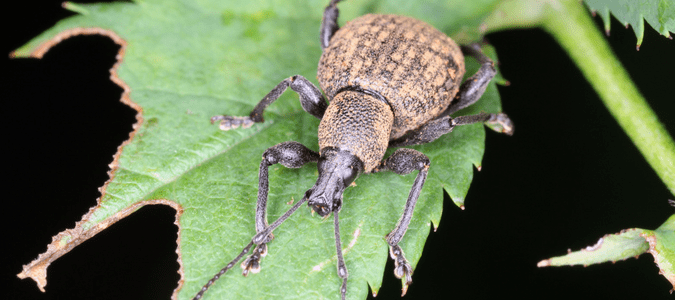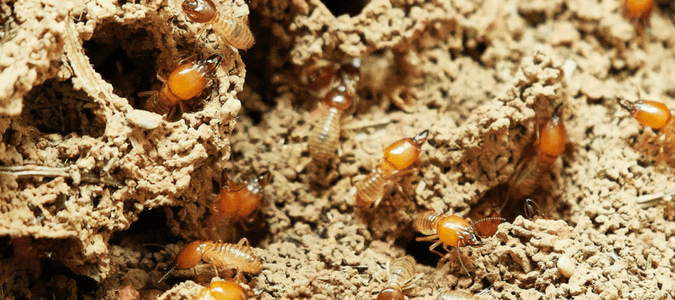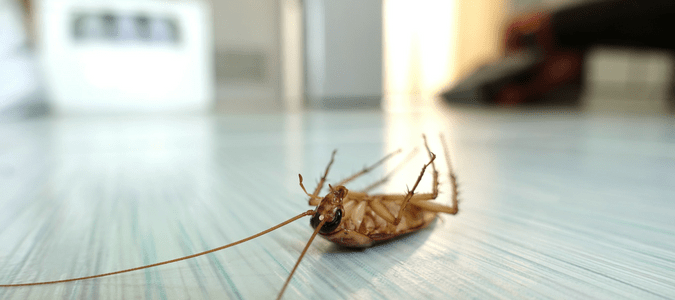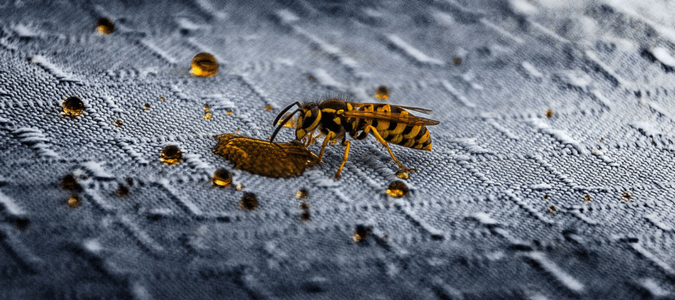Centipedes In Texas: Dangerous Or Nothing To Worry About?
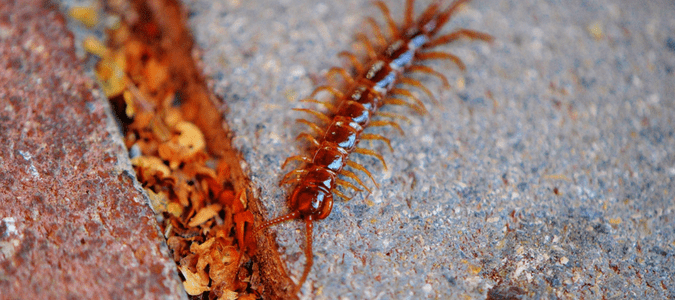
Does the very thought of centipedes and millipedes make you shudder? If so, you definitely aren’t alone. Fear of centipedes even has its own name: chilopodophobia (centipedes are arthropods belonging to the Chilopoda class, which gives this particular phobia its name).
Even if you’re a nature-lover to your core, there’s just something a little skin-crawly about all those many, many feet attached to that long, smooth, armor-like body. It’s hard not to recoil instinctively when you discover one of these critters under a rock or while digging in the dirt, but are centipedes in Texas really as creepy as many believe? What should you do if you come across one in your yard or, worse, inside your home? Let’s find out by learning more about these insects, along with Texas millipedes and other similar creatures.
What Risks Do Centipedes Pose?
The word “centipede” literally means “one hundred feet,” as it derives from … Read Full Post »
